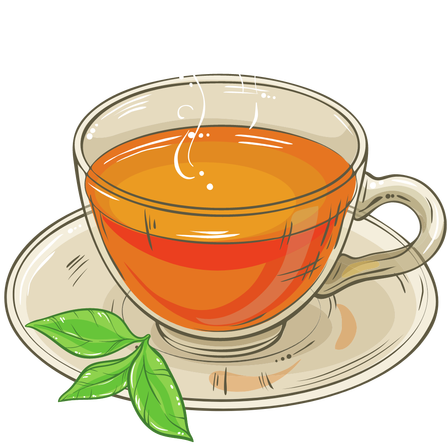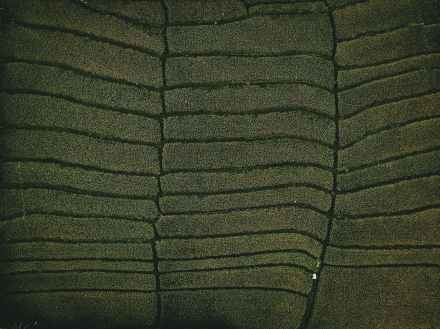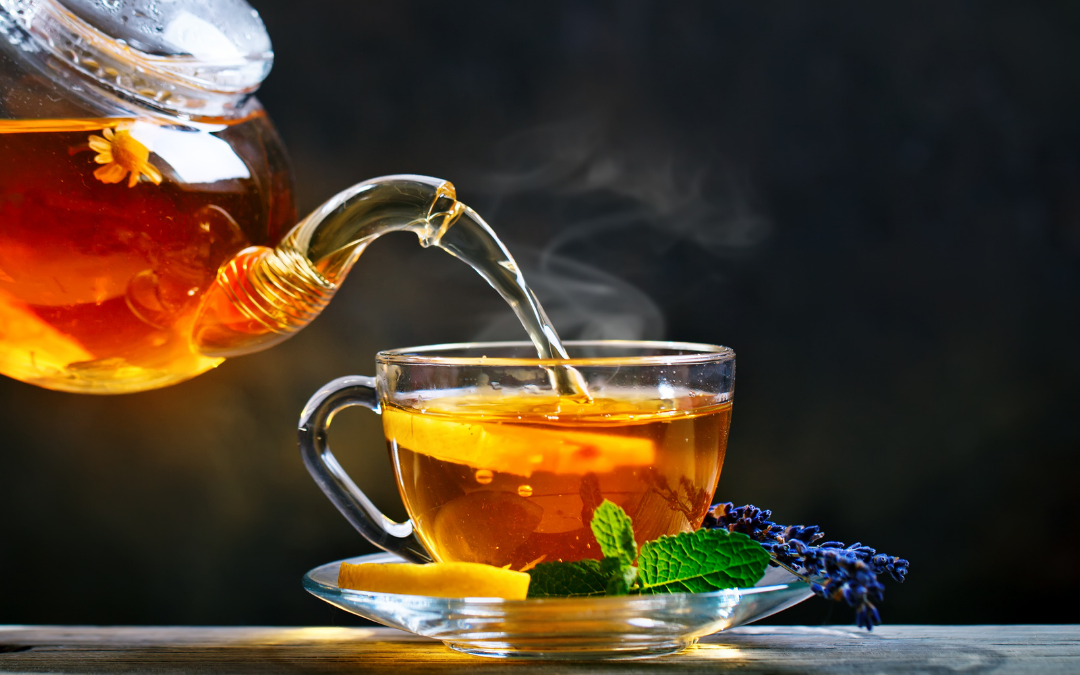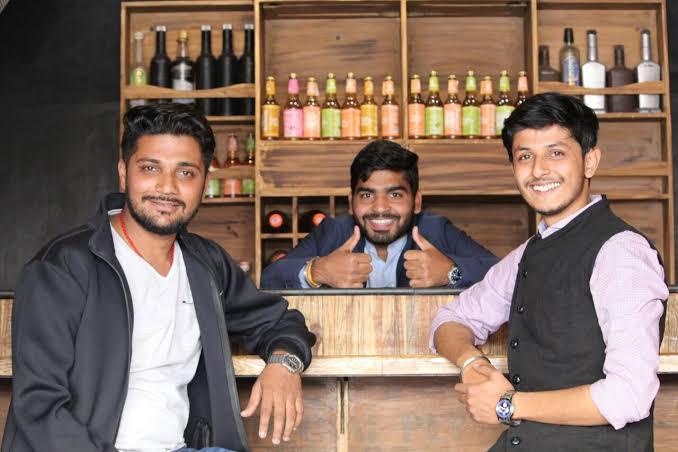Article by Noor Ur Raheem & Mohd. Ayan from Entrepreneurship Wing, GAEE JMI
We gave Englishmen the ‘Kohinoor’, and they gave us ‘Tea’. The day is celebrated to bring out the global attention of governments to the impact of global tea on workers. It also highlights the effort of the people who are involved in the production of the beverage.
How the British introduced ‘chai’ to the Indian Market:
When the British put forth in their quest for tastier foods and a break from the rain, they happened across China in the 18th and 19th centuries and were introduced to tea, becoming instantly captivate.

Since this wasn’t commercially feasible, British East India Company began to export opium from India to sell to the Chinese in exchange for silver, with which they would buy tea. So the British bought even more tea with their surplus of silver and sold the excess in India, which was a captive market at this point. This is how Indians got our chai.
How tea cultivation started in India:
Commercial tea cultivation in India was driven by the British, who consumed tea in vast quantities, which they bought from China.
Even though the British managed to countervail it with the opium trade, they found that their tea consumption was excessively expensive and unsustainable. This realization led to a sustained effort by the British to understand tea production – and start tea cultivation in India.
Tea cultivation in other parts of India:
The positive results of tea cultivation in Assam and Darjeeling stimulated many similar endeavours towards tea cultivations across the entire foothills of the Himalayas and other parts of India – such as Kumaon, DehraDun, Garhwal, Kangra Valley and Kulu in the north – and Nilgiri in the south.

Tea production after 1947:
Tea production in India has continued to flourish after 1947.
As per December 2013 figures, India has approximately 563,980 hectares of land under tea cultivation.
Since 1947:
Tea production increased by more than 250%
Area under tea plantations increased by 40%
“Champagne of Teas” – Darjeeling Tea
Darjeeling Tea is the only tea worldwide to get protection under the Geographical Indication (GI) trademark.
Tea’s future:
Arable land in China and India is declining from climate change and urbanization.
Climate change and pollution also adversely affect production.
Economic changes are also impacting the quality of tea.
The current demand for tea is rushing the production process from farm to Market.
In addition to experiencing drought, rising COVID cases in India and Nepal have impacted the tea harvest.
The demand of the ‘teafe’ (tea and café) culture and the introduction of new tea varieties have fuelled the growth of tea-based startups.
Startups across the country are now bringing a variety to tea connoisseurs. In India, tea consumption occupies more than 79-percent share in the non-alcoholic beverage market, and is valued at more than $30 billion.
Chai Point, Teabox, Chaayos are some of the startups where next-generation entrepreneurs are taking the legacy ahead.
You can literally get paid to drink tea:
Interestingly, being a professional tea-taster can be an incredibly thrilling career path, and it is one of the best-paid jobs in the world.
Chai Sutta Bar
Anubhav Dubey a 22-year-old boy who belonged to a middle-class family and was preparing for UPSC exam started Chai Sutta Bar with his friend Anand Nayak since they always wanted to start a food venture of their own. Later their friend Rahul Patidar also joined them and the team became stronger.
Their idea was to serve Indian tradition on the bar table by serving authentic chai and coffee. It was started in Indore in July 2016. Because of the uniqueness and high-quality taste, the venture got famous and within just a span of year many more outlets were started.
With over 150 outlets in over 6 countries and recently crossing the revenue mark for 100 crores “Chai Sutta Bar” is one of the most successful “TEA” startups out there.
2700 BC
Tea was discovered accidentally by Chinese Emperor Shen Nong when one day leaves from an overhanging tree fell into his pot of boiled water.
59 BC
Wang bao wrote the first book on tea.
206 – 220 AD
Containers of tea have been found in tombs of Han dynasty.
589 – 618 AD
Tea was introduced to japan by Buddhist Monks during Sui Dynasty.
618-906 AD
Tea was established as a national drink of china during Tang Dynasty.
780 AD
A Poet named Lu Yu wrote the book in which he described the cultivation and preparation method of Tea.
1606 AD
Dutch developed the habit of drinking tea daily and brought tea to Portugal.
1657 AD
First tea was sold in England
1658 AD
First Tea Advertisement was launched in Europe.
1662 AD
Tea became popular in Europe after marriage of Charles II of England and Catherine. Tea was served in Royal house of England for the first time
Later 17th Century
People of England started adding sugar they imported from West Indies. Fashionable Trend of Tea started in Europe which results in Social event known as TEATIME. Tea Time is also Introduced in Game if Cricket.
1835 AD
The East India Company established tea plantation in Assam.
1835 AD
The End of East India company’s monopoly over trade with china results in growth of tea in British colonies like India.
1900 AD
British exported 75 million kg of Tea From India.
1908 AD
Sulivan, A tea Merchant developed the first tea bag.
In 1920s AD
Tea vendors started selling tea at railway station, bus stops, trams station etc. Tea bags were developed for commercial purpose. Tea companies started educational propaganda by advertising how to make tea in regional languages. Demonstration were held to teach peoples how to make tea. Indians started adding spices like ginger and cardamom etc to a tea according to thier taste and preferences.
AFTER INDEPENDENCE
Tea industry became India’s largest industry and biggest foreign exchange earner. Tea also started up showing in popular national and regional movies and shows and it become centre of socialising and getting together for gossip culture.
TODAY
Tea is one of the highly consuming beverage in world next to water and coffee. China and India are highest tea producing countries in the world.
Follow Us & Stay Tuned: https://linktr.ee/gaee.jmi



Well written👏